50 Years of computing excellence
Computer Science & Engineering (CS&E) at the University of Minnesota has come a long way in the past 50 years. We have grown from our humble beginnings as an initiative to manage the computing resources on campus to a department that is expanding at an incredible rate to meet the technology demands of a rapidly-changing world. With each computing and technological revolution, CS&E has been right there educating future tech leaders and pushing the edge of computing excellence.
A new discipline and department
Shortly after World War II, an interest in computing and its application in mathematics, physics, chemistry, and economics developed on campuses across the country—the University of Minnesota was no exception. In 1949, several University departments, along with local powerhouse companies like Honeywell Aeronautics, were making constant use of the University’s Reeves Electronic Analog Computer (REAC), which was state-of-the-art back then. In 1955, the University was gifted 400 hours of usage on the then highly advanced ERA 1103 from Sperry-UNIVAC, greatly expanding computing resources on campus.
All of this growth led the University to seek a director to manage the technological opportunities that were emerging on campus. Mathematics Professor Marvin L. Stein was appointed this task in 1955. Upon arrival, Stein immediately began the development and instruction of a course in high-speed computation, which some consider to be the start of the University’s computer science curriculum. Over the next 10 years at the University, interest in computing and the acquisition of computing devices continued to grow. The University acquired its first digital computer – a UNIVAC 1103 – in 1958, which led to increased computer use on campus and additional computer classes being offered by the Mathematics department.
By 1967, the increased focus on computational research and education led the University to establish a graduate program for Computer and Information Sciences. In 1969, several students were awarded master’s degrees, and the first doctorate degree in computer science was awarded.
Finally, in the spring of 1970, the University formally established the Department of Computer Science. Stein served as acting department head until the fall of 1971 when Professor J. Ben Rosen replaced him as head of the new department.
Decades of education and innovation
+
1970
- Department founded

+
1975
- The department forms the Computer Science Associates (CSA) group
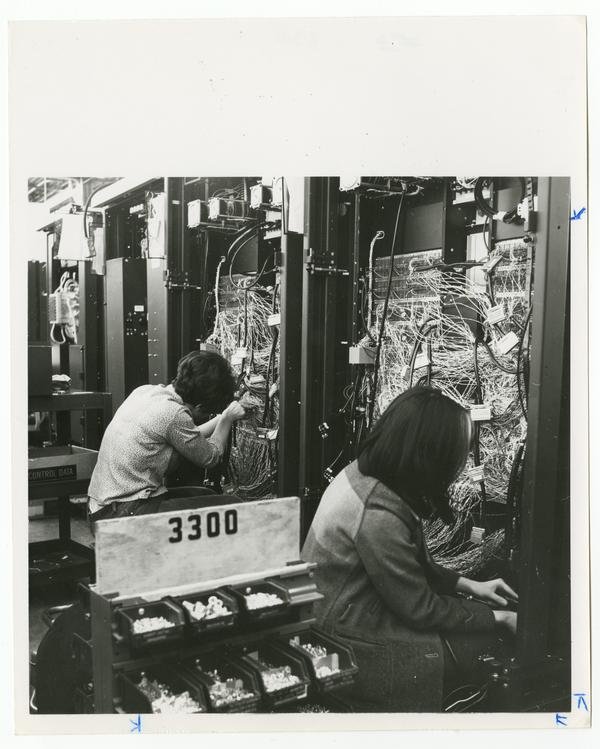
+
1981
- Cray Research Inc. endows a $100,000 lecture series
- The University Supercomputing Institute (MSI) acquires a Cray-1 supercomputer
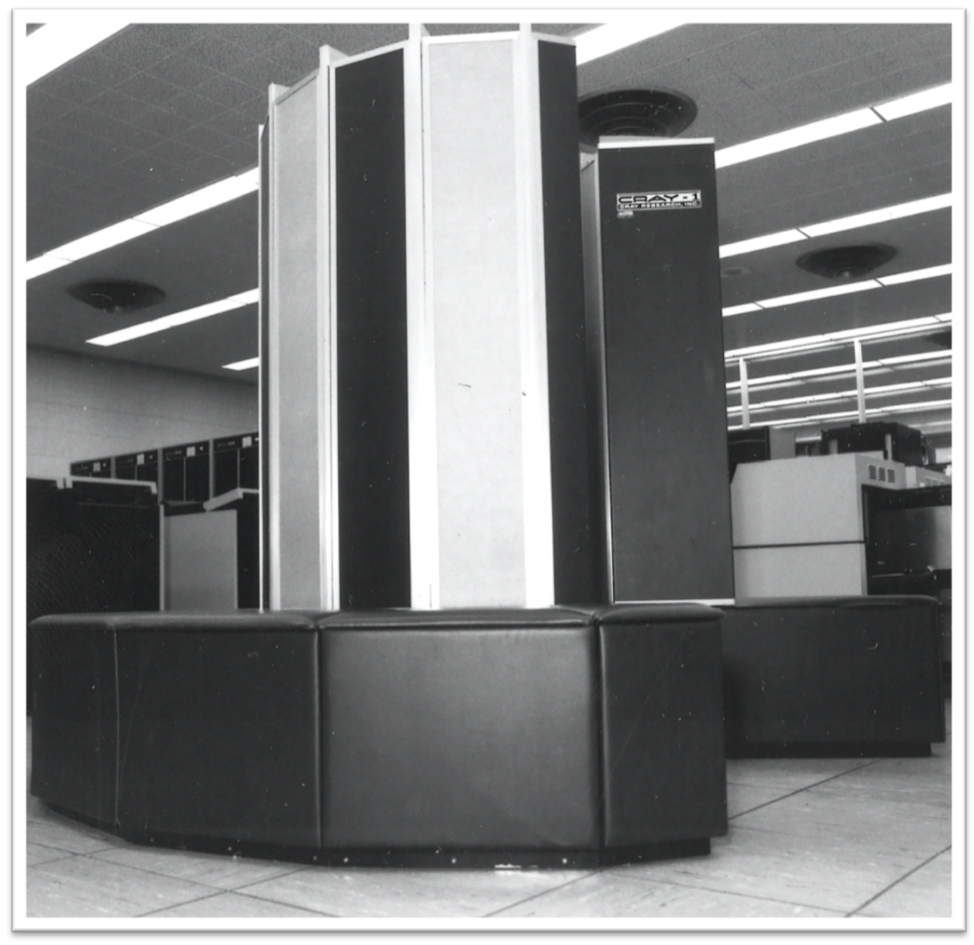
+
1983
- The department showcases research in its first Research Review Symposium
- Department hires first female faculty, Professor Maria Gini
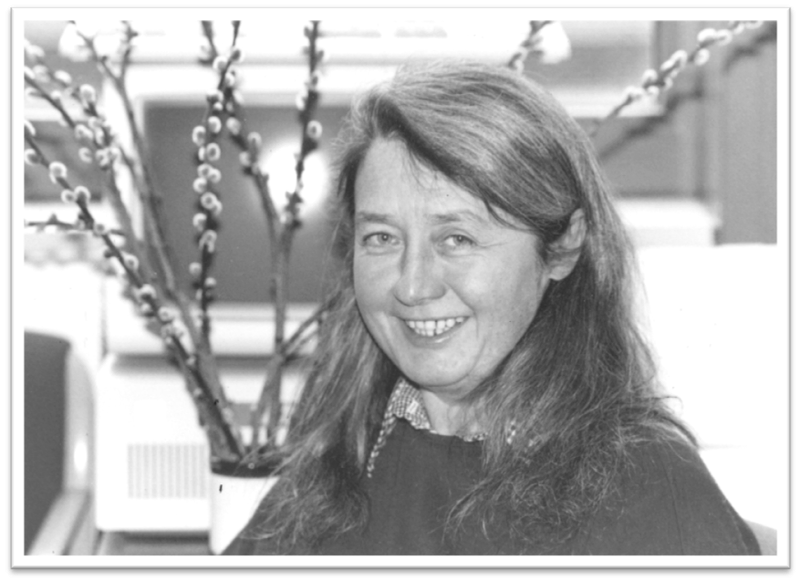
+
1985
- The department receives $3.62 million National Science Foundation (NSF) CER grant
- Groundbreaking ceremony for the new Electrical Engineering and Computer Science building
+
1987
- The Army awards the Army High-Performance Computing Research Center (AHPCRC) to the University
+
1989
- The department moves to its new home in the Electrical Engineering and Computer Science building (now named Keller Hall)
- CDC establishes the William Norris Land-Grant Chair in Large-Scale Computing
- Qwest/U.S. West establishes the Land-Grant Chair in Telecommunications
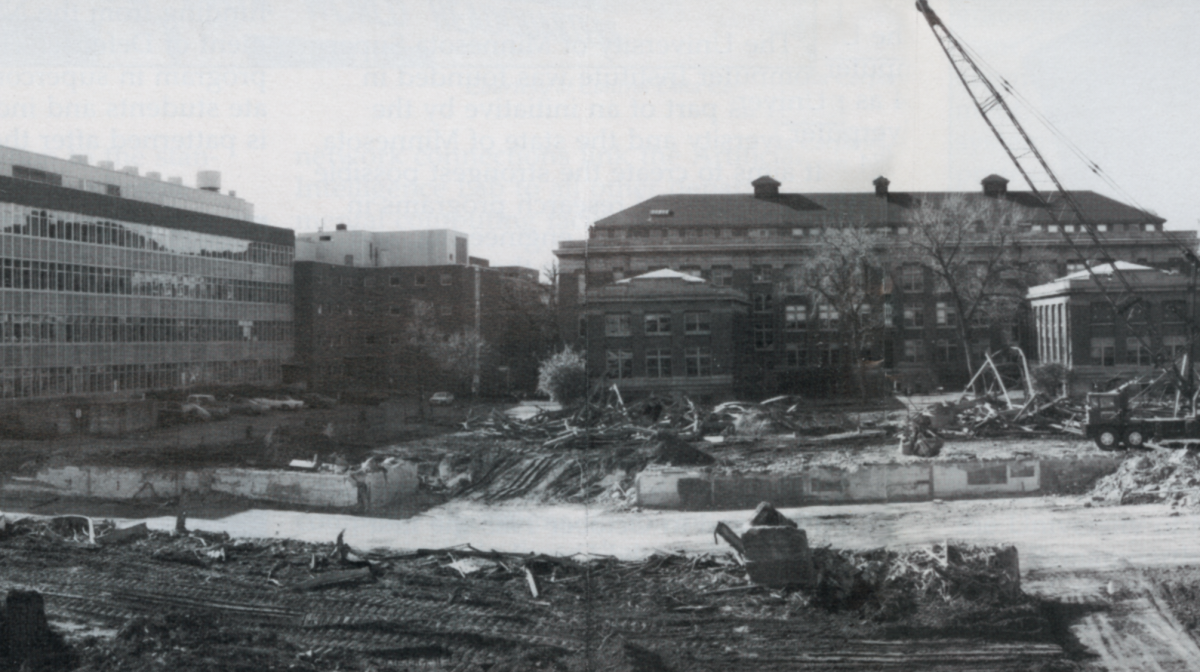
+
1996
- Faculty create the Masters of Science in Software Engineering (MSSE) program
- The department publishes its first newsletter, then called Home Page, later renamed Soundbyte
+
1997
- The department name changes to Computer Science and Engineering
- CS&E holds its first Open House and Technology Forum, later renamed the Research Showcase
- The Master of Science in Software Engineering (MSSE) program launches

+
1998
- The department forms the Women in Computer Science group

+
1999
- Ted Johnson receives the first CS&E Distinguished Alumnus Award
- The University creates an Institute of Technology minor requirement with all core courses from CS&E
+
2002
- The Digital Technology Center (DTC) forms

+
2004
- Administration of the MSSE Program moves to CS&E
- The department creates the University of Minnesota Software Engineering Center (UMSEC)
+
2007
- CS&E joins a collaboration to launch the Bioinformatics and Computational Biology program (BICB)
- Dr. Jane Goodall visits the U of M for collaborative ecology and computer science projects
+
2010
- The Electrical Engineering and Computer Science building is renamed Keller Hall, in honor of former University president Kenneth Keller
+
2013
- The Industry Affiliates Council (IAC) formally begins its first year
+
2016
- CS&E launches the M.S. in Data Science program with several collaborating departments, among them the School of Statistics
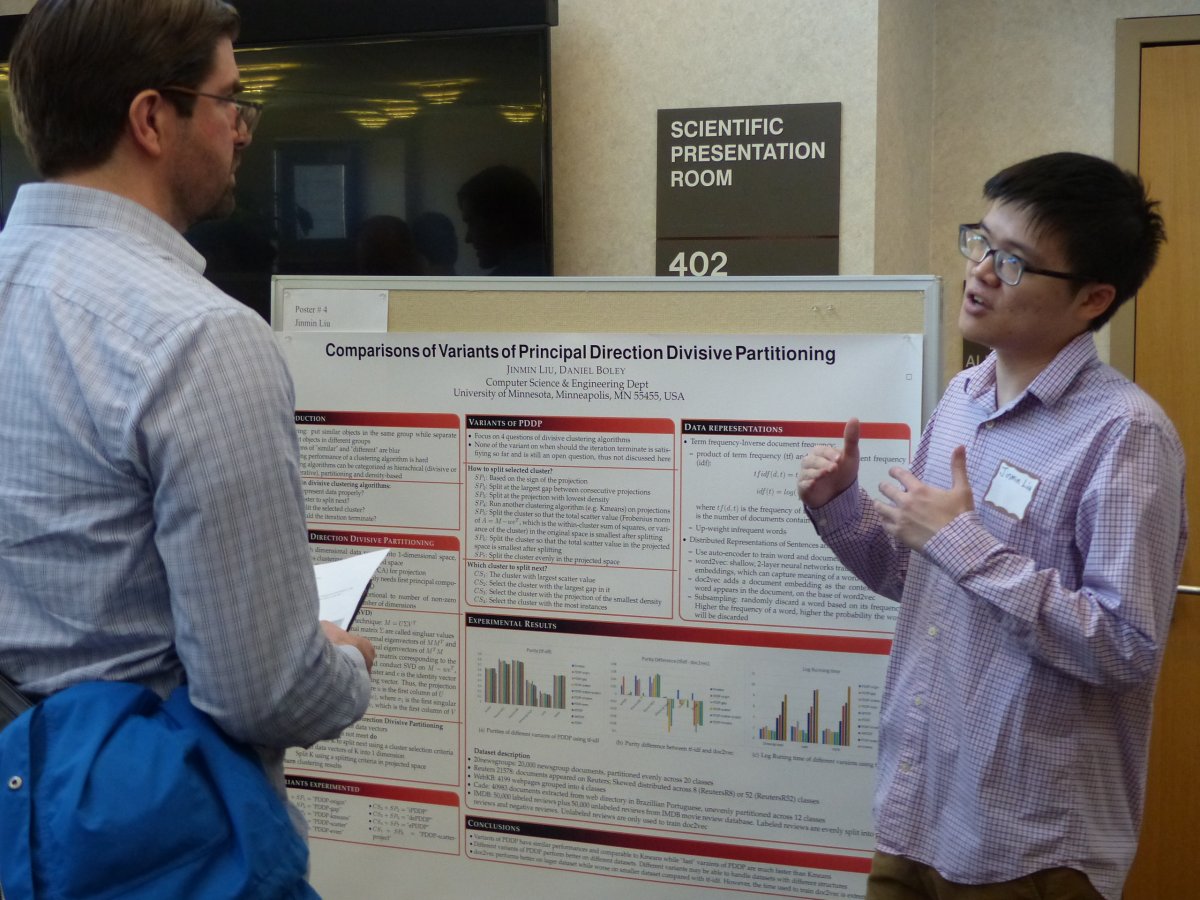
+
2018
- Shepherd Labs is renovated with a focus on robotics
- CS&E launches the integrated Bachelor’s and Master’s Degree program
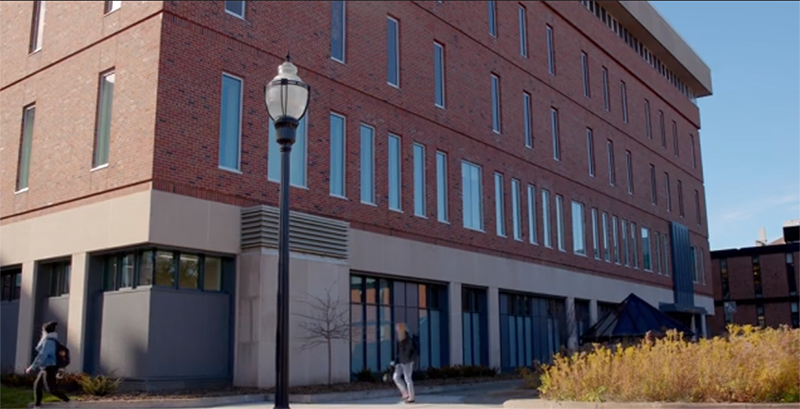
+
2019
- The Minnesota Robotics Institute (MnRI) is formed
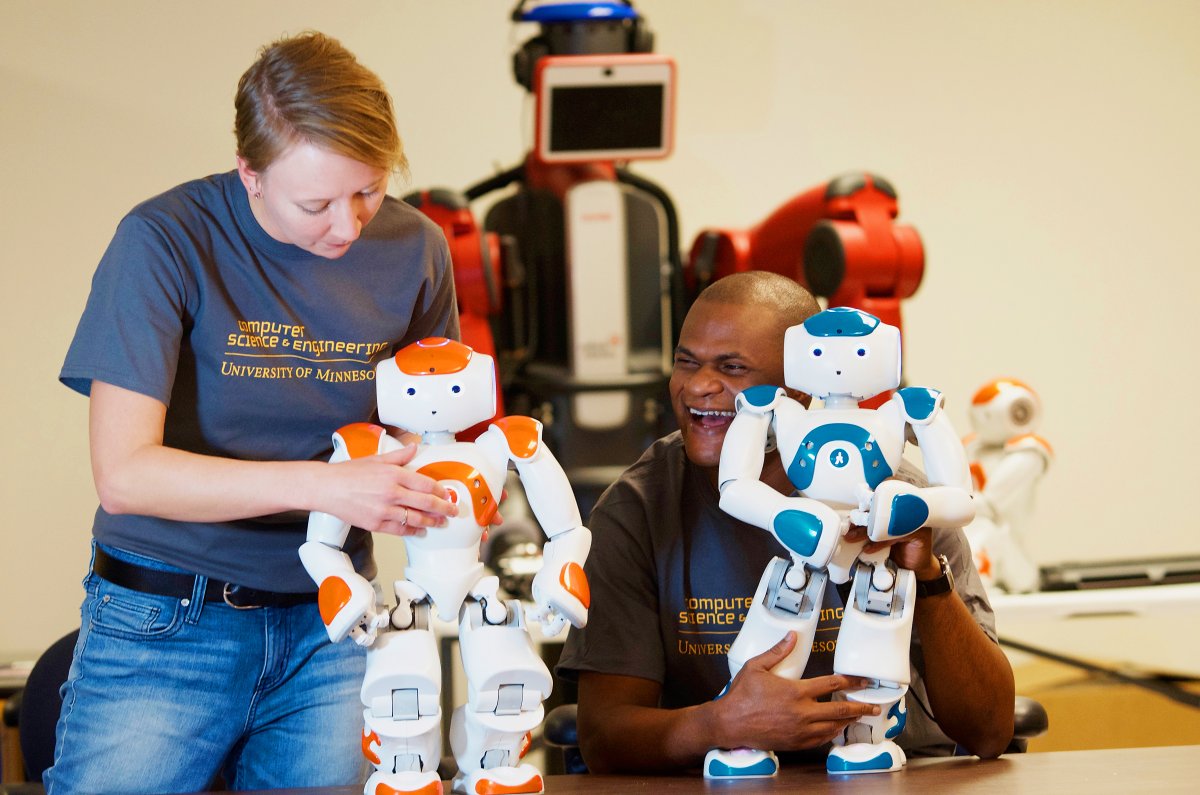
+
2020
- The Department of Computer Science & Engineering celebrates 50 year anniversary
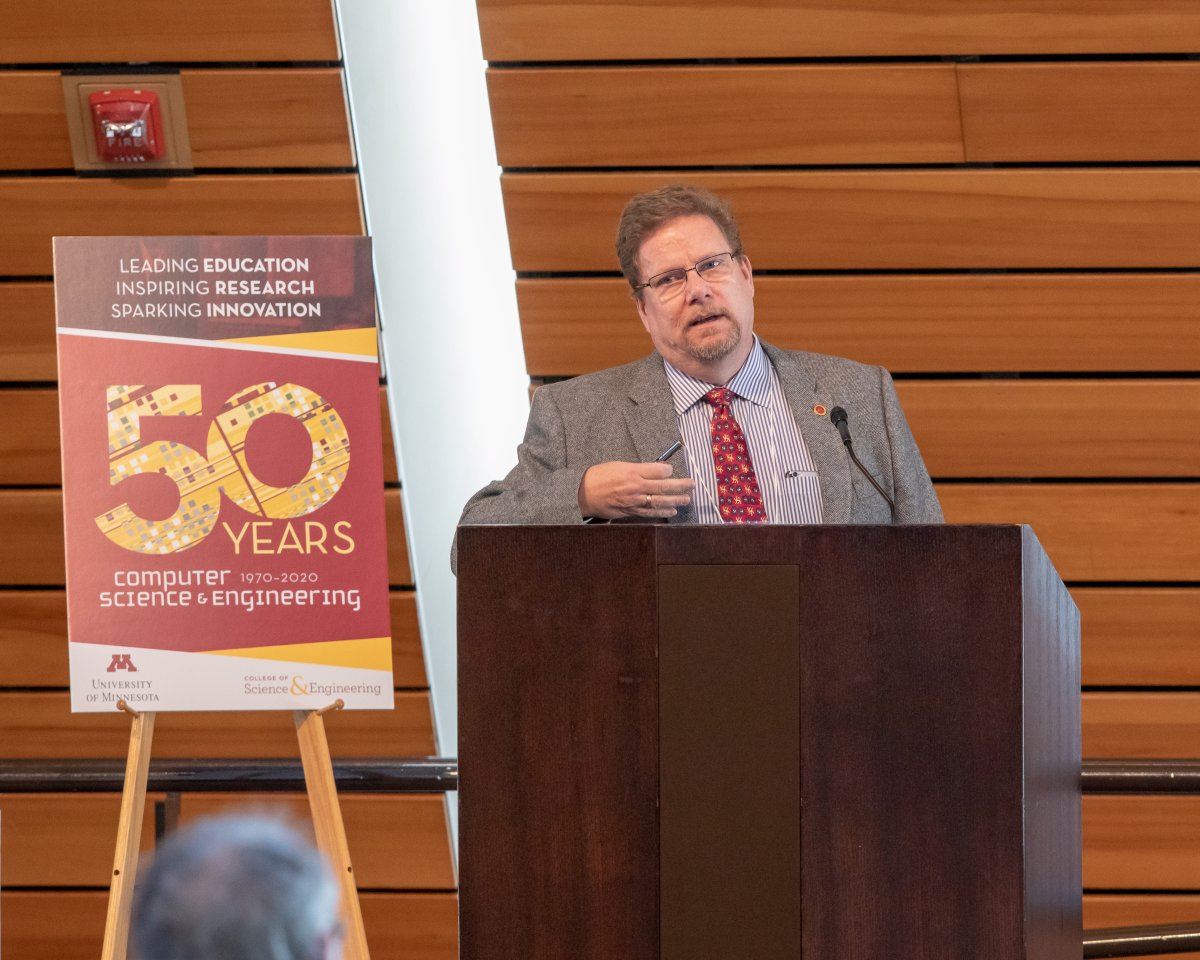
+
2022
- The Data Science Initiative is formed
+
2023
- Lind Hall gets renovated
- Shashi Shekhar lead a $20 million National AI-CLIMATE Institute
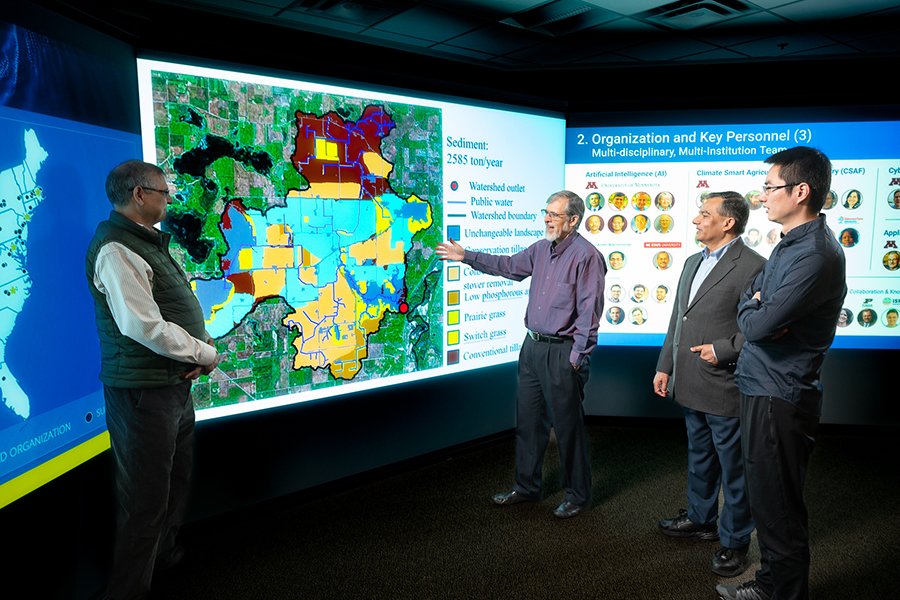
Continuing the journey
Since our modest beginnings, the department has made tremendous progress and become one of the most vibrant and interdisciplinary departments in the college, University, and computer science field. Throughout the past five decades, the department has become a top-tier program nationally and awarded more than 7,000 bachelor’s, 3,000 master’s, and 700 doctoral degrees. CS&E faculty and graduates have formed more than 200 companies in Minnesota and beyond.
There has never been more of a need for our leadership than there is today. Computer science and information technology have become critical to all fields of work and all aspects of our society. Our graduates are in high demand, and it is not only because of the formal education they acquire here, but also because of the collaborative and collegial culture we have nurtured in CS&E; a culture in which collaborative problem solving and rigorous, experiential learning lead to true innovation—both in and outside of the classroom.